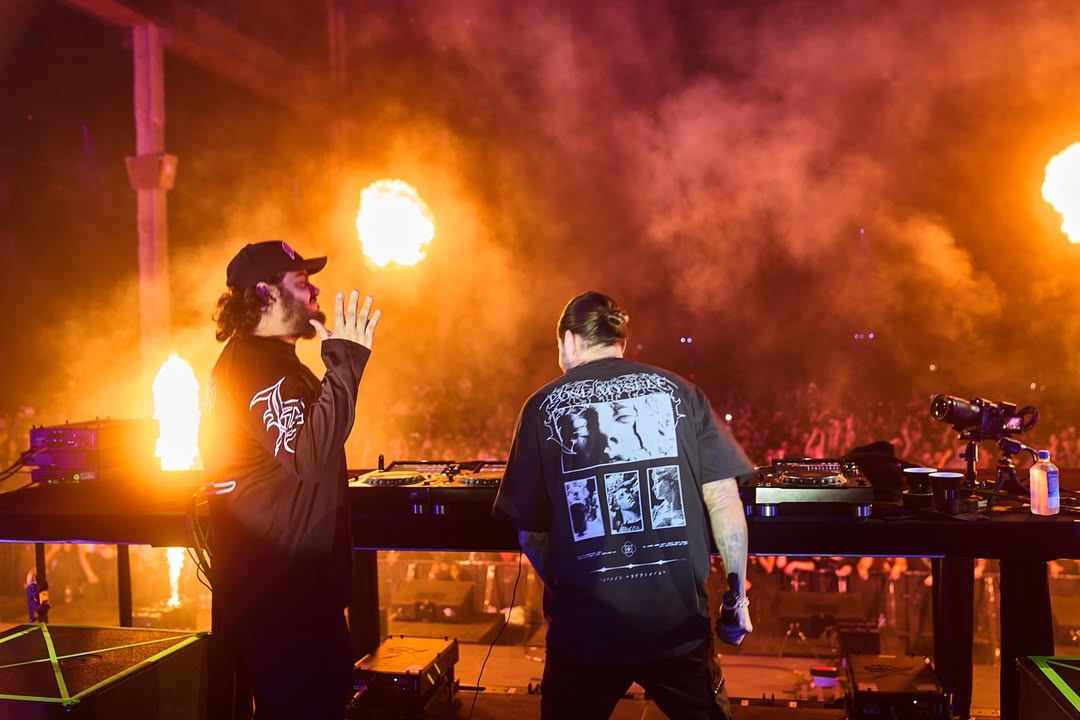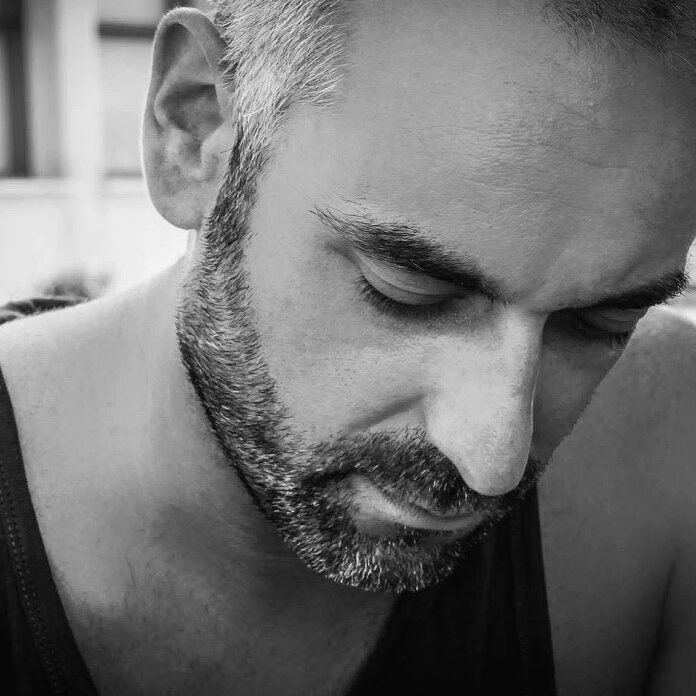Many anime have at least one beach episode, so many in fact that it's become somewhat of a trope in the community. Along with smashing watermelons and adorning themselves in swimsuits, characters will also gather around and tell ghost stories. We see this mostly in slice-of-life anime like Lucky Star.
However, other series like the original Cardcaptor Sakura have at least one summer episode dedicated to spooks and scares. Even the popular horror anime Higurashi's events take place in the summer. With this tradition so prevalent in anime and manga, let's look into why they do this during the summer rather than in fall.
In Western cultures, spooky season usually falls in October, when the holiday of Halloween is celebrated. The tradition can be traced back to festivals like Samhain from Celtic cultures. Other cultures would mark this date with the equinoxes and solstices, but the one common factor among them was celebrating the end of a cycle and the spirits of the ancestors. Romans would celebrate Feralia, the passing of the dead. These were the days when something known as the "veil between worlds" would be at its thinnest, allowing the spirits of the dead to come visit their kin until the veil once again closed.
In Japan, however, this time would fall in the summer, usually around mid-August, and become known as Obon. Obon is a week made up of several holidays that correspond to a certain idea. August 13 is Mukaebi, the day welcoming fires are lit to guide the ancestors home. Family altars are decorated with items like fruits, flowers and sweets, and eggplants and cucumbers are made to resemble horses so the spirits can use them to return home. Families will usually take this day to go and clean up the family graves in preparation.
The second and third days, Hoyo and Kuyo respectively, are spent either going to temples or shrines or having a Buddhist monk come to your home to recite sutras and pray. A memorial service is held, after which a vegetarian meal is eaten while stories are shared about the deceased. August 16 is Okuribi, the final day, where bonfires and festivals take place. This is usually the day many Japanese people wear yukata, made from thinner material than a normal kimono, and go celebrate with friends. Dances are performed for the deceased, with one of the best-known coming from Kyoto.
Tests of courage are particularly popular among young Japanese people, usually kids. K-On!, Hamtaro, and Cardcaptor Sakura all feature an episode where characters participate in these tests to prove they aren't scared of the ghosts that were said to haunt each location. It's the equivalent to going ghost hunting at the local cemetery with friends and trying to scare each other.
This explains the summer festival aspect of the scary stories, but what about the rest of summer? Why are horror movies, TV shows, and magazines so popular during the entire season? One reason for this could be because many Japanese homes don't have a central cooling system, if any at all. If a Japanese home does have an AC unit, it's usually in one room -- typically the living room -- and fans are used everywhere else. The idea behind scary media is that when you watch or read them, a cold shiver goes up your spine, thus cooling you off and staving off the heat of summer. We see an example of this idea in Lucky Star, when Konata is telling the group a scary story while at the beach.
This idea came about during the Edo Period and quickly became a popular belief among many Japanese people, so the tradition of summertime spooks quickly spread throughout the country. Many of the popular stories told during the summer feature some sort of vengeful spirit, usually women. The original tradition comprised of 100 stories -- for each story told, one of 100 candles would be snuffed out, slowly immersing the group in total darkness.
One popular story is that of Okiku. Okiku was a servant to a samurai and was very beautiful. One of her jobs was to clean a set of ten precious plates and ensure they were taken care of. The samurai began lusting after Okiku and propositioned her many times, but she refused. Some versions of the story say this is because he already had a wife. Angered, either the samurai or his wife hid one of the plates and accused Okiku of taking it.
The samurai threatened to take her life for the theft, but would spare her if she became his mistress. She once again refused, so he killed her and hid her body in a well by the house. After daily visits, the samurai would go mad, as Okiku's angry spirit would rise from the well, counting "One plate...Two plates...Three..." before letting out a horrible shriek once she reached nine.
Whether it's celebrating the return of deceased loved ones, telling ghost stories in a slowly darkening room, or eating snow-cones while watching the dancers, there are many ways Japan celebrates all things spooky and scary. So while many fans of Halloween and horror usually have to wait for October before getting into the spooky spirit, Japan gets to start a little early and has an entire season for it, filled with challenges, festivals and stories. Why wait for October when you could get a head start with a horror series like Higurashi?
About The Author

